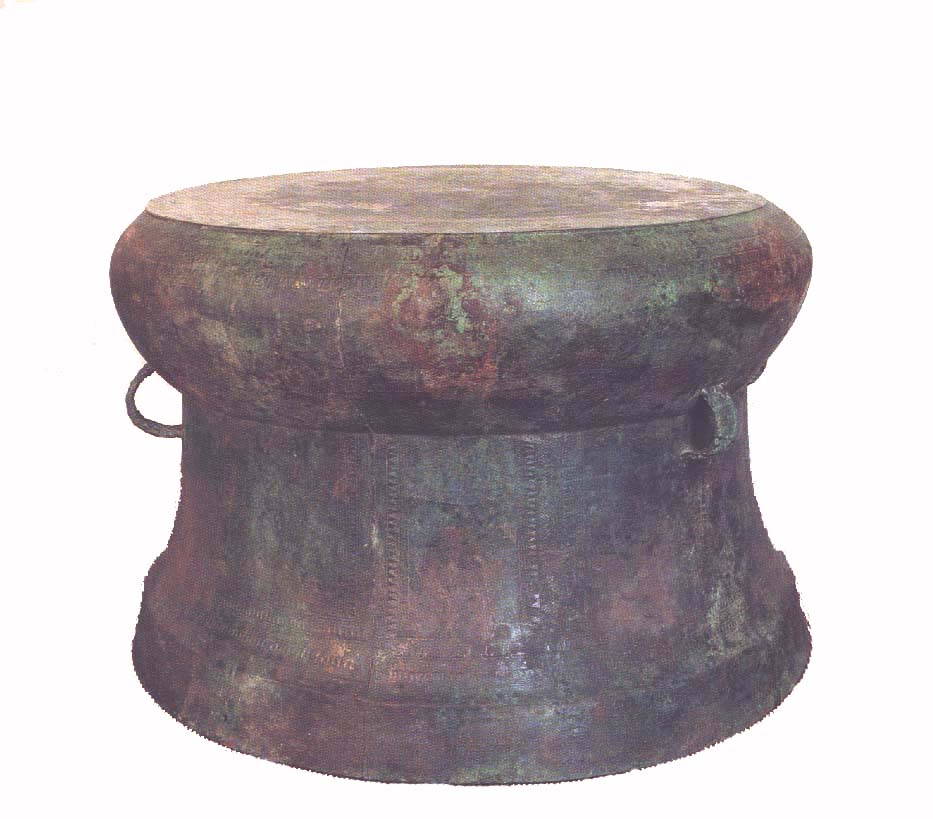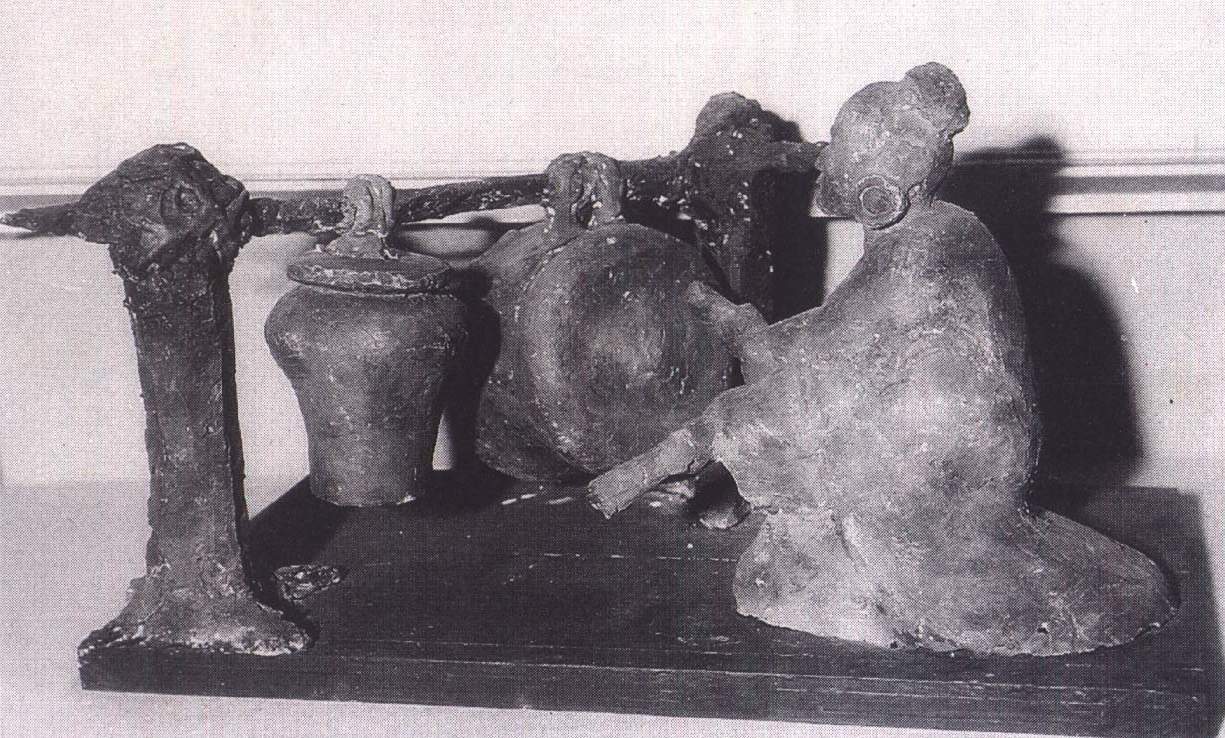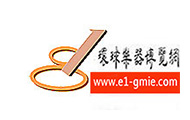

铜鼓
击奏体鸣乐器。用青铜浇铸,一般认为由炊具铜釜演变而来。云南省祥云大波那古墓出土的铜鼓晚于前者,是公元前三至四世纪的制品。现流行于广西、广东、云南、贵州、四川、湖南等省的铜鼓大小、款式、纹饰各异,其中广西出土及民间保存的数量最多。
目前所知最大的铜鼓藏广西博物馆,直径165厘米,重300多公斤。鼓面铸有立体小蛙;通体铸有细密精致的云雷纹,鱼人舞蹈图、竞渡图等。被称为“世界铜鼓之王”。
铜鼓是古代少数民族统治者权力和财富的象征。除了在祭祀、宴享、传信、战阵、婚丧及伴奏歌舞中使用外,也用作赏赐或进贡的物品。
TONGGU: BRONZE DRUM
Struck idiophone. The entire drum is a bronze cast. It is believed that the instrument came from a kind of bronze cooking pot. A later type was excavated from a tomb in the 3rd or the 4th century BC, in Xiangyun, Yunnan Province. The modern types prevalent in Guangxi, Guangdong, Yunnan, Guizhou, Sichuan and Hunan provinces vary in their sizes, shapes and decorative patterns. Most are found in Guangxi region from excavations and private collections.
The largest so far, known as “the king of world bronze drums”, is kept in Guangxi Museum, 165 cm in diameter and over 300 kg in weight. On the top surface is cast a small frog; all over the drum are delicate and exquisite patterns of cloud and thunder, of fish-like dancers, and of a boat race.
The instrument symbolized the power and property of the ruling class of minority ethnic groups in antiquity. It was used in sacrificial rites, banquets, communications, battle formations, weddings, funerals, singing and dancing, and as rewards or tributes as well.
未经允许不得转载:環球樂器博览网 » 铜鼓 TONGGU: BRONZE DRUM
 環球樂器博览网
環球樂器博览网
评论前必须登录!
登陆 注册